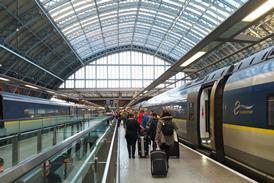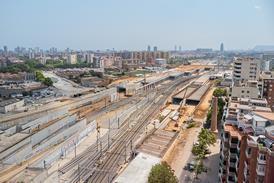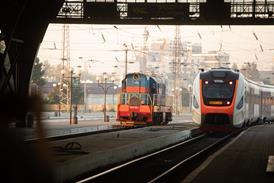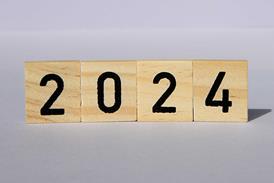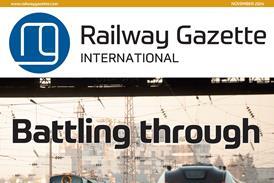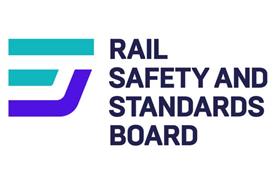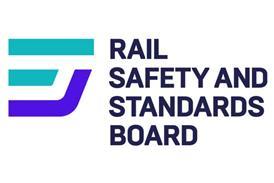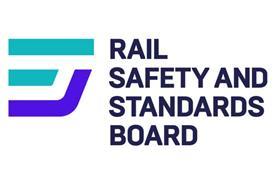IT IS EASY to trace the economic fortunes of western Europe in the last half century from the accompanying graph showing tonne-km of rail freight in EU member countries. With passenger-km it is less easy, for the graph shows traffic recovering better than freight after periods of recession. In particular, the passenger business held up well during the early 1990s, while freight plunged for four years in succession. The moderate success of passenger operations may comfort those who run Western Europe’s railways, but given the money poured into high speed lines and rolling stock, it would be shameful if the graph did anything else.
Publishing its annual report on May 5 in Paris, the International Union of Railways noted that the volume of international rail freight traffic in EU countries rose by 25% between 1993 and 1997. UIC Chairman Adam Wieladek believes that rail is at last making progress in winning high value merchandise traffic from road, remarking in his report that this is ’a pointer surely to a well-honed competitive edge’.
Welcome though the shift is, it is only small, and the railways have yet to prove that it can be sustained. Only a few days earlier, UIC Vice Chairman and CEO of Swiss Federal Railways Benedikt Weibel had told a meeting of rail experts examining proposals for transalpine freight in Luzern that service quality falls as soon as a freight train crosses a frontier, with reliability and punctuality the most serious problems.
UIC officials in Paris were coy about figures for rail’s share of the European freight market, commenting only that great care was needed in making comparisons, and two-thirds of Europe’s freight movements were less than 50 km and should thus be excluded as unsuitable for rail. That may be a fair point, but the same officials were only too pleased to highlight the dramatic gains in market share by high speed Thalys services between Paris and Brussels.
Acting Secretary-General of the Community of European Railways Carl-Henrik Lundstrøm called for Europe’s railways to be given autonomy to manage their own affairs. To a question suggesting that this could be achieved by privatisation, Lundstrøm said that ownership was not the issue. Whether privately or publicly owned, the railway needed government to take responsibility for three key areas: first, it had to define and implement a policy framework setting out the respective responsibilities of government and railway; second, government had to provide the transport infrastructure needed by society; and third, contracts had to be in place for provision of public transport. UIC Chief Executive Philippe Roumeguère strongly endorsed this view, and he expressed surprise at the lack of proper contractual relationships in several countries.
CAPTION: Freight traffic (blue) has struggled to recover after the 1990 recession, while the passenger business (orange) was much more stable

